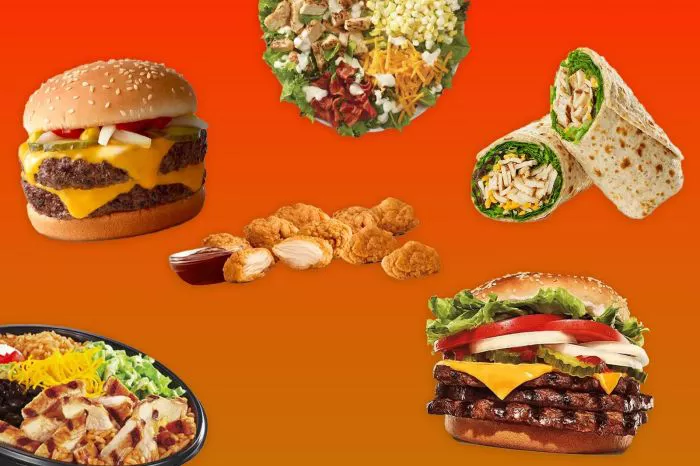The American Fast Food Phenomenon: A Multifaceted Perspective
Fast food has become an integral part of American culture, shaping not only dietary habits but also societal, economic, political, and cultural landscapes. From its humble beginnings to its widespread proliferation, the popularity of fast food in America can be understood through various lenses, each offering unique insights into its enduring appeal.
Societal Perspective: Convenience and Time Constraints
In today’s fast-paced society, convenience reigns supreme. With busy lifestyles and time constraints, many Americans turn to fast food as a quick and accessible dining option. The rise of dual-income households and longer work hours have led to a greater reliance on fast food for meals, particularly among families and individuals seeking convenient solutions to mealtime dilemmas. Fast food restaurants’ efficient service and widespread availability cater to this need for convenience, making them a popular choice for on-the-go dining.
Economic Perspective: Affordability and Accessibility
Fast food’s popularity in America is also deeply rooted in its affordability and accessibility. With menu items priced competitively and value meal promotions offering substantial savings, fast food appeals to budget-conscious consumers seeking satisfying meals at reasonable prices. Additionally, the widespread presence of fast food restaurants, from urban centers to rural towns, ensures accessibility for Americans of all backgrounds and socioeconomic statuses. In an era of economic uncertainty, fast food represents an accessible option for individuals and families looking to stretch their dollars without sacrificing taste or convenience.
Political Perspective: Regulatory Environment and Industry Influence
The fast-food industry’s popularity in America is influenced by political factors, including regulatory environments and industry lobbying efforts. Over the years, the industry has faced scrutiny and criticism regarding its contribution to public health issues such as obesity, diabetes, and heart disease. Despite calls for greater regulation and oversight, fast food companies have often lobbied against such measures, citing concerns about government interference and the impact on business operations. This tension between public health concerns and industry interests highlights the complex relationship between fast food and politics in America.
Cultural Perspective: Globalization and Culinary Influence
Fast food’s popularity in America reflects broader cultural trends, including globalization and culinary influence from diverse ethnic backgrounds. As American society becomes increasingly multicultural, fast food menus have evolved to reflect a wide range of flavors and cuisines, incorporating elements from various culinary traditions. From Mexican-inspired burritos to Asian-inspired stir-fries, fast food offerings cater to diverse tastes and preferences, appealing to America’s multicultural population. Additionally, fast food’s ubiquity in popular culture, from movies and television shows to advertising and branding, reinforces its status as a cultural institution deeply embedded in the American psyche.
Historical Perspective: Post-War Expansion and Technological Innovation
The rise of fast food in America can be traced back to post-World War II economic expansion and technological innovation. With the advent of the interstate highway system and the rise of automobile culture, fast food restaurants proliferated along major thoroughfares, offering travelers and suburbanites a convenient dining option. Innovations such as drive-thru windows, assembly-line cooking, and franchising revolutionized the fast food industry, enabling rapid growth and widespread adoption. Over time, fast food became synonymous with American culture, symbolizing progress, efficiency, and modernity.
Conclusion
The popularity of fast food in America is a multifaceted phenomenon shaped by societal, economic, political, cultural, and historical factors. From its origins in post-war expansion to its evolution as a global culinary force, fast food has left an indelible mark on American society, influencing dietary habits, consumer preferences, and popular culture. While debates about its health implications and environmental impact persist, there is no denying the enduring appeal of fast food as a convenient, affordable, and accessible dining option for millions of Americans across the country.

